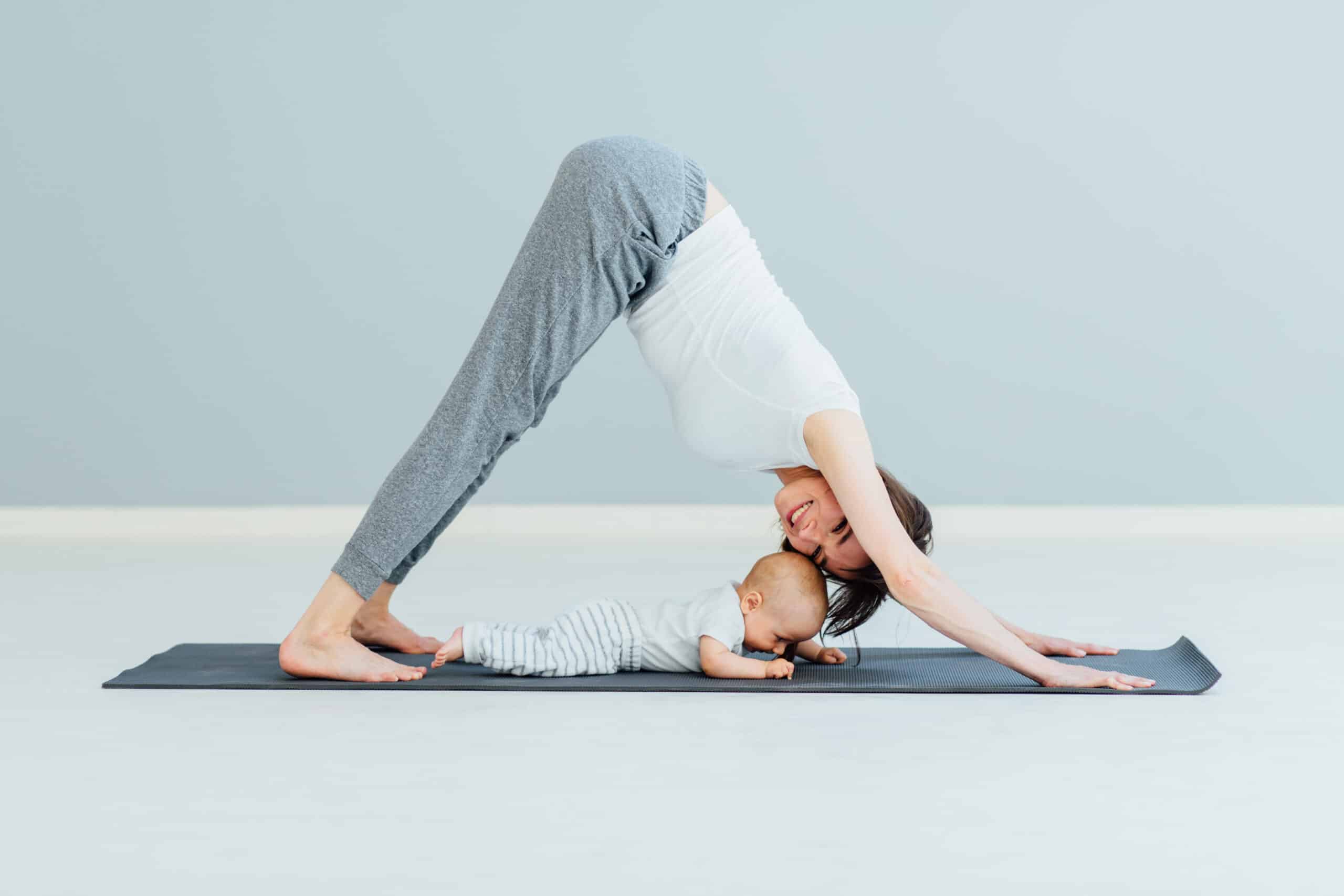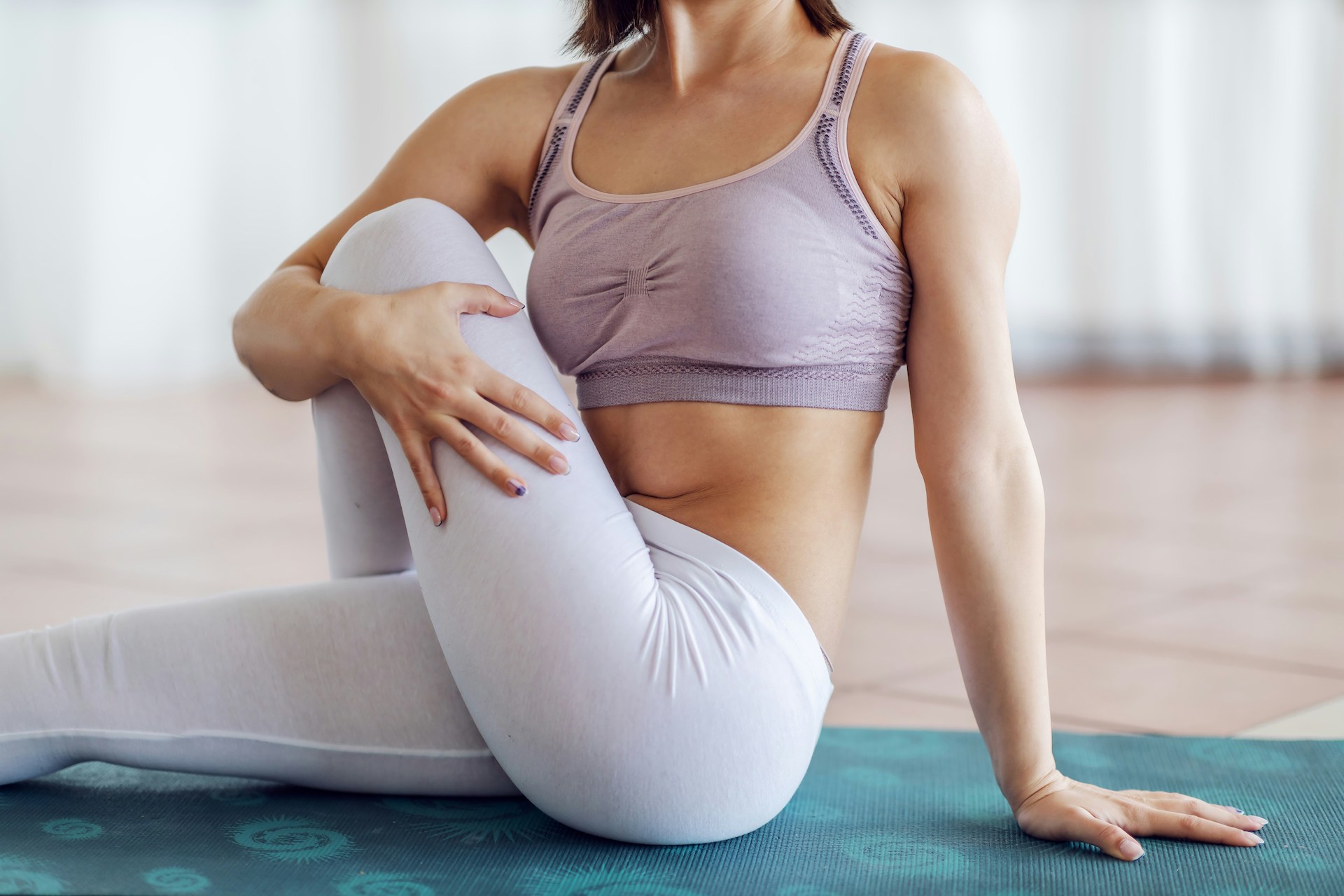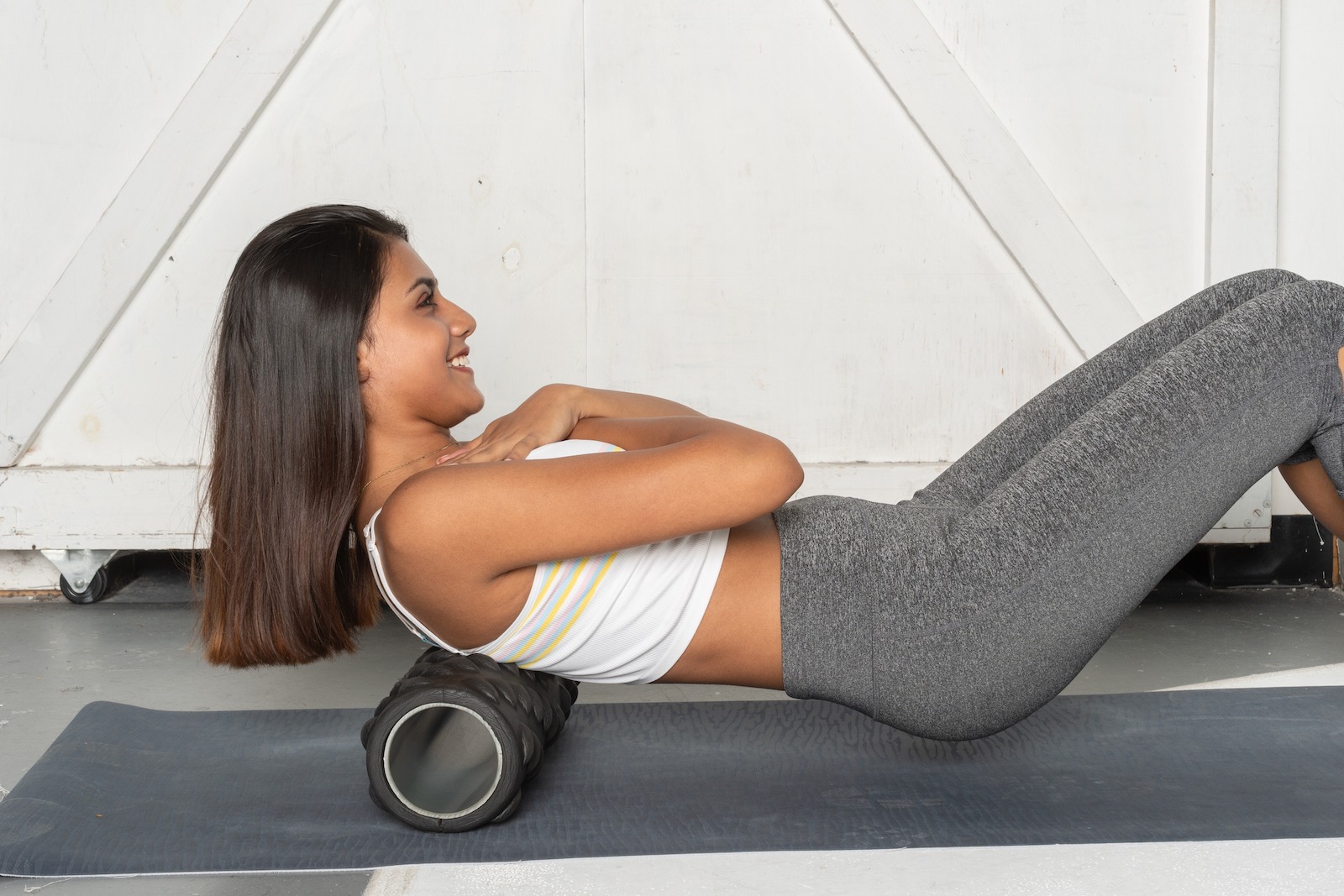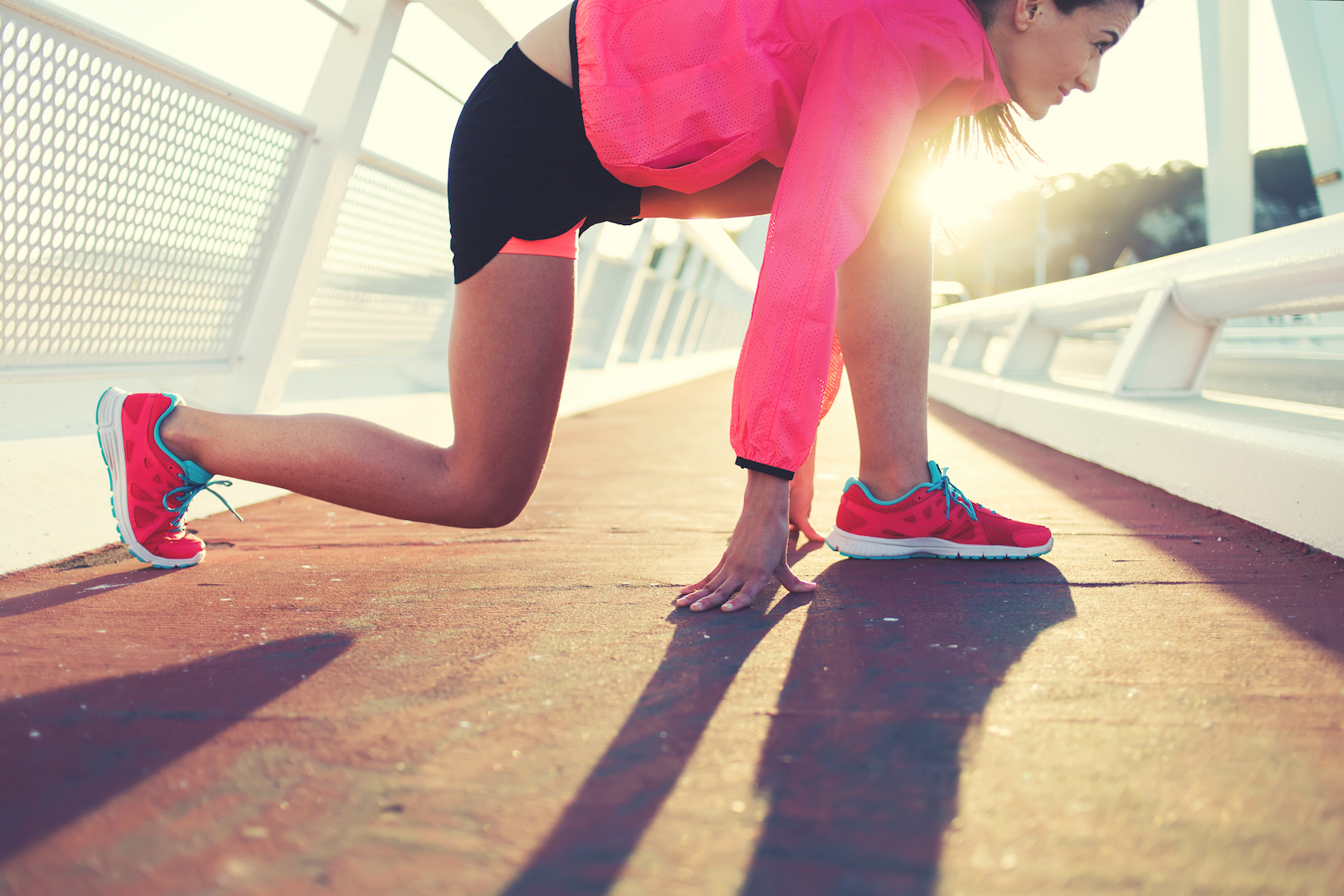 Bodywork & Body Care
Bodywork & Body Care 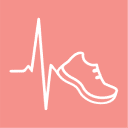 Sweat Often
Sweat Often  Workout Tips
Workout Tips
4 of the Most Common Running Pains, Explained
Home » Sweat Often » 4 of the Most Common Running Pains, Explained
By Emma Stessman
Running isn’t supposed to hurt.
Okay, after lacing up for a long run, you’re bound to be sore for a few hours (or, well, days) afterward. And if you’re running an extreme distance—like a marathon—you’re likely going to have to push past feelings of discomfort.
But for the average, casual runner, pain shouldn’t be a regular occurrence you need to “run through.” In fact, common pains—like a stitch in your side or a recurring throbbing in your knee— could be signs of a larger issue, with training or your overall health.
That’s why we tapped three experts in the field to explain some of the most common running pains and how to address them. So the next time you hit the pavement, there will be nothing stopping you from going the extra mile.
(Photos: Shutterstock)
4 Common Running Pains
-
Knee Pain

Why it happens
Surprisingly, most knee pain isn’t caused by an actual knee injury, explains Dr. Lisbeth Hoyt, PT, DPT, CSCS a physical therapist at Custom Performance. Instead, it’s usually the result of an imbalance in your hip muscles or the way your foot is positioned when it hits the ground. “If your foot is rolling inward or your outer hip muscles aren’t strong enough, this can lead to poor alignment throughout your run,” Dr. Hoyt says.
RELATED: 5 Expert Running Tips to Prevent Injury and Get Faster
What to do about it
The best way to remedy knee pain is to work on your hip stability and foot strength, Dr. Hoyt says. Add exercises into your routine that strengthen your outer glute muscles (like these!) as well the inner muscles in your feet and ankles. If you find those aren’t helping the pain, you may have a larger issue with your gait (the way you run), which can be addressed by visiting a running-specialized physical therapist for a gait evaluation.
-
Shoulder Pain

Why it happens
More often than not, shoulder pain is caused by poor running form, explains Dr. Marcello Sarrica, DPT, OCS, CSCS founder of Sarrica Physical Therapy & Wellness Center. “Often, shoulder pain begins from overusing or improperly using the upper arms when running,” Dr. Marcello says. “Shrugging the shoulders, over-swinging the arms, and holding the arms too high or stiff can all cause shoulder pain over time.”
What to do about it
Relax your shoulders and arms when you run, and avoid carrying anything on your back or in your hands (AKA, an armband is a really good investment). When you have a strong lower body and confidence in your running ability, your upper arms and shoulders shouldn’t have to overwork to propel your body forward, Dr. Marcello says.
RELATED: 5 Simple Tips to Improve Your Posture–for Confidence and Overall Health
Try adding some shoulder stretches and neck rolls to both your warm-up and your cool-down, to relax and stretch the area, Dr. Hoyt adds.
-
Side Pain

Why it happens
The dreaded “side stitch” usually shows up on the right side of your stomach just below your ribs and can be a total run-ruiner. Oftentimes, this happens when you don’t allow your body enough time to digest your pre-run meal, explains Eric Bonn, ATC, PES, an athletic trainer at Fusion Physical Therapy & Sports Performance. “Running on a full stomach, whether that is too much food or liquid, can cause the digestive system to begin working and start to pull blood into the stomach,” Bonn says. “[But] when you’re running, your body wants to pull blood away from the stomach and into the extremities. This causes a tug-o-war between digesting and exercising.”
RELATED: The Surprising Reason Coffee Might Not Boost Your Workout
If you’re not the type to eat before a run but you still get side cramps, the problem could be related to your breathing, Bonn says. When you run, you should be utilizing your diaphragm properly by filling both your belly and ribs up with air. However, when running, most people only breathe into the upper chest and lung area. This improper breathing can cause your core muscles to spasm, resulting in a pretty painful cramp.
What to do about it
Save your big meals for after the run, and give yourself a good two-hour food break beforehand, so your body has time to digest, Bonn suggests. You can drink water during this period (hydration is super important, after all), but sip casually to avoid cramping.
During your run, focus on your breathing and set a steady breathing pattern for yourself. “Something along the lines of inhaling for two foot strikes then exhaling for the following two strikes,” Bonn says. “That pattern works for myself and my pace, but it may need to be changed depending on the individual.”
RELATED: How to Make Your Next Run a Mindful One (and Why You Should!)
-
Shin Pain
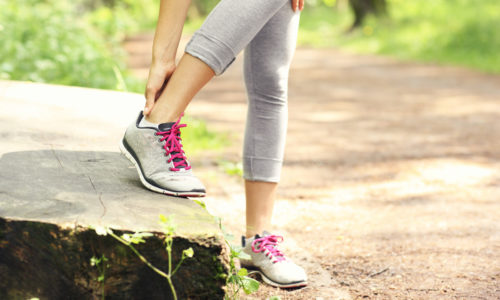
Why it happens
Shin pain is a super common injury for new recreational runners, Dr. Marcello says. Its causes vary, but some of the most common reasons it happens are tight calves, poor footwear, overtraining, and running on hard surfaces.
What to do about it
“Before starting any running regimen––especially for the new runner––one should get a proper evaluation from a healthcare professional, like a physical therapist or a running coach,” Dr. Marcello says. “They will evaluate whether the individual is prone to injury, lacking strength and/or flexibility, or has the proper footwear.”
Stretch your calves on both sides before running to avoid tightness, and work on strengthening your hips and core. If you experience shin pain during or after a run, Dr. Marcello suggests applying the “R.I.C.E.” method to reduce inflammation (R.I.C.E. stands for rest, ice, compression, and elevation). Overall, he says, the best way to prevent shin pain is to avoid overtraining. Meaning: rest days are just as essential to your health as training days.
The Nutritious Life Editors are a team of healthy lifestyle enthusiasts who not only subscribe to — and live! — the 8 Pillars of a Nutritious Life, but also have access to some of the savviest thought leaders in the health and wellness space — including our founder and resident dietitian, Keri Glassman. From the hottest trends in wellness to the latest medical science, we stay on top of it all in order to deliver the info YOU need to live your most nutritious life.
RECENT ARTICLES

Want a sneak peek inside the program?
Get FREE access to some of the core training materials that make up our signature program – Become a Nutrition Coach.
Get Access